May 14, 2025 | 21:34 GMT +7
May 14, 2025 | 21:34 GMT +7
Hotline: 0913.378.918
May 14, 2025 | 21:34 GMT +7
Hotline: 0913.378.918
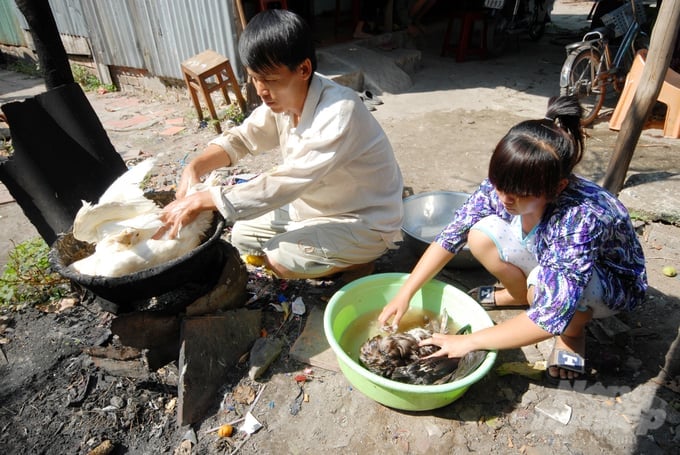
An Giang currently faces the issue of small-scale and manual slaughterhouses still in operation, with a total of 37 locations. Photo: Le Hoang Vu.
The People's Committee of An Giang Province issued Decision No. 2367/QD-UBND approving the centralized livestock and poultry slaughtering system for the province of An Giang for the period 2018-2025. According to the plan, the entire province will establish 24 centralized slaughtering facilities by 2025.
So far, 8 centralized livestock and poultry slaughtering facilities have been constructed. The slaughtering capacity per day/night in cities and towns ranges from 200 to 400 pigs, 3,000 to 5,000 poultry, and 50 to 100 buffaloes and cattle. In Chau Phong Commune, Tan Chau Town, the capacity is from 50 to 100 buffaloes and cattle per day/night. In the districts, the capacity ranges from 50 to 100 pigs and 200 to 300 poultry per day/night.
Additionally, An Giang faces issues with numerous small and manual slaughtering facilities, totaling up to 37 locations. These are temporary small-scale facilities operating in districts and towns where centralized slaughtering facilities have not yet been established.
Each year, specialized agencies conduct evaluations and classifications to ensure veterinary hygiene, food safety, and environmental protection during operations, taking strict action against any violations. Upon inspection, these facilities have met the criteria for classification as Category B, and no violations of food safety or illegal livestock and poultry imports across the border for sale in the province have been detected.

Slaughtering livestock and poultry is a sensitive industry, making it challenging to attract investment and mobilize funds for building slaughterhouses. Photo: Le Hoang Vu.
Mr. Tran Tien Hiep, Head of the Department of Livestock Production and Animal Health in An Giang, stated that An Giang is currently one of the Mekong Delta provinces with a strong development of livestock and poultry, consistently ensuring a sufficient supply of meat for local residents and exports to other provinces. However, there have been challenges, difficulties, and shortcomings in the management and control of animal slaughtering in recent years, falling short of expectations. The primary reason is the lack of investment in infrastructure to build large-scale centralized slaughterhouses.
Slaughtering livestock and poultry is a sensitive industry, making it difficult to attract investment and raise capital for building slaughterhouses. Finding suitable land to meet national veterinary hygiene standards for centralized animal slaughterhouses is also challenging.
Another difficulty is that slaughtering sites must be at least 500 meters away from residential areas, schools, hospitals, places with frequent crowds, highways, rivers, streams, and water supply sources. Meeting these criteria requires substantial investment in infrastructure (roads, electricity, water...), and with the slaughtering demand in districts ranging from 50-100 pigs and 200-300 poultry per day and night, the return on investment would be slow, making it challenging to attract investors.
The procedures for applying to build a slaughterhouse are quite complex (primarily related to land and environmental issues), leading to additional related costs. The land for constructing a slaughterhouse must be integrated into the provincial planning, with a planning cycle of 5 years, making it difficult for local authorities to attract investors to build large-scale centralized slaughterhouses.
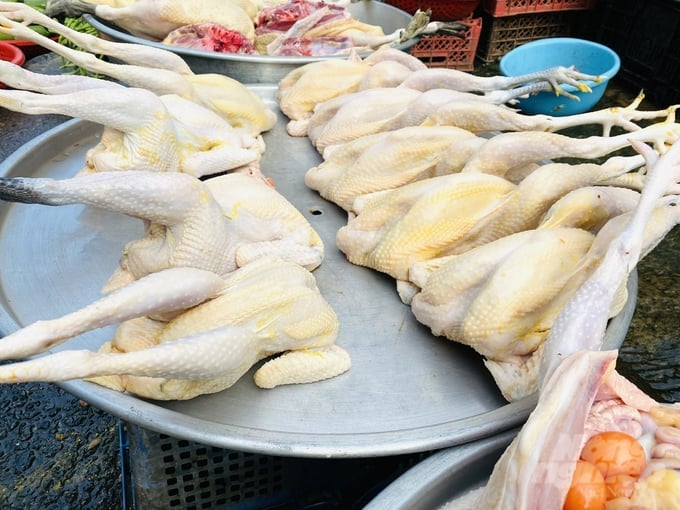
According to the plan, the entire An Giang province will build 24 large-scale centralized slaughterhouses for livestock and poultry by 2025. Photo: Le Hoang Vu.
Mr. Ton That Thinh, Deputy Director of the Department of Agriculture and Rural Development of An Giang, shared that to improve product quality and further develop the livestock industry, the People's Committee of An Giang province has approved a strategic plan for livestock development for the period 2021 - 2030, with a vision to 2045, with an estimated total budget of nearly 60 billion VND.
The plan focuses on increasing the proportion of livestock products produced in farms and professional households that ensure biological safety, disease safety, environmental friendliness, and humane treatment of animals. It also aims to increase the proportion of livestock products processed in industrial slaughterhouses, deep processing to meet domestic and export market demands.
Specifically, the number of livestock for the period 2021 - 2025 includes 2,000 buffaloes, 95,000 cattle, 134,000 pigs, 1.6 million chickens, and 3.7 million ducks.
The production value growth rate during this period is expected to average 3-4% per year, with the output of live meat reaching over 36,500 tons by 2025 and up to 45,500 tons by 2030. The egg output is projected to reach 420 million eggs by 2025.

By 2025, An Giang aims to establish and gradually operationalize a modern slaughterhouse system for livestock and poultry, integrated with raw material areas for processing and product distribution, ensuring disease control. Photo: Le Hoang Vu.
The goal by 2025 is for An Giang to establish and gradually put into operation an advanced livestock and poultry slaughtering system throughout the province. This system will be linked with raw material production areas and product consumption, ensuring control over disease, the environment, and food safety.
Accordingly, the entire province will build 24 centralized livestock and poultry slaughterhouses, with each facility capable of processing over 50 pigs per day, over 300 poultry per day, and over 20 buffaloes or cattle per day.
The design standards for these slaughter points will meet the national technical standards for veterinary hygiene required for centralized animal slaughtering facilities. The process will implement suspended slaughtering technology, ensuring veterinary hygiene, with a design that transitions from dirty to clean areas.
Translated by Mai Quang Huy

(VAN) Use of high-quality broodstock and biotechnology is regarded as the most effective approach to ensuring sustainable and economically viable shrimp aquaculture ahead of climate change and the emergence of increasingly intricate disease patterns.
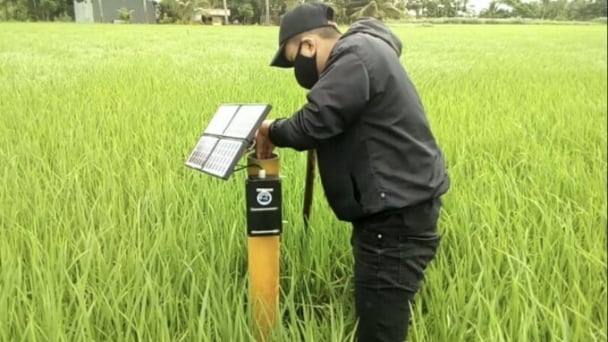
(VAN) Carbon farming is a form of agricultural practices that helps absorb more greenhouse gases than it emits, through smart management of soil, crops, and livestock.

(VAN) This is a key content of the Memorandum of Understanding recently signed between the Vietnam Fisheries Society and Kunihiro Inc of Japan.
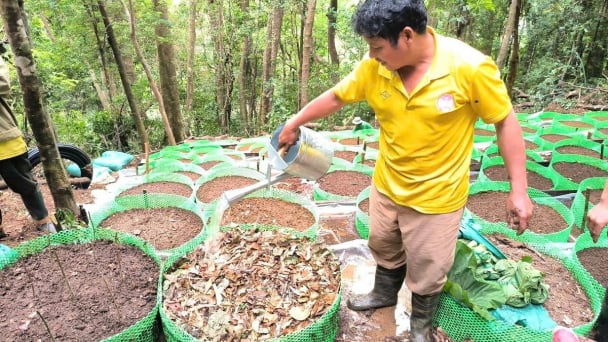
(VAN) To achieve the goal, local authorities and businesses in Kon Tum province have fully prepared the necessary conditions for the new Ngoc Linh ginseng planting season.

(VAN) Jiangsu province is gearing up to host training programs in Phnom Penh, the capital of Cambodia, this year to establish the Fish and Rice Corridor.
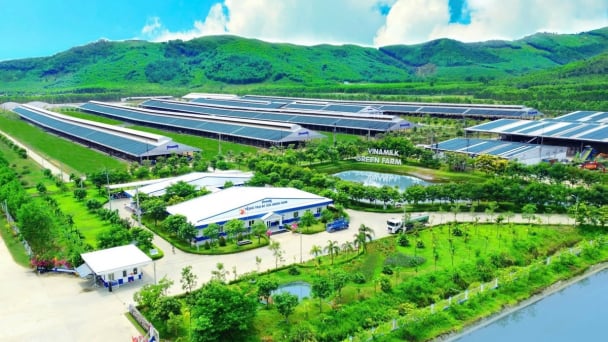
(VAN) Le Hoang Minh, representing Vinamilk, shared the company's experience in energy saving and green energy transition for production at a workshop held during the P4G Summit.
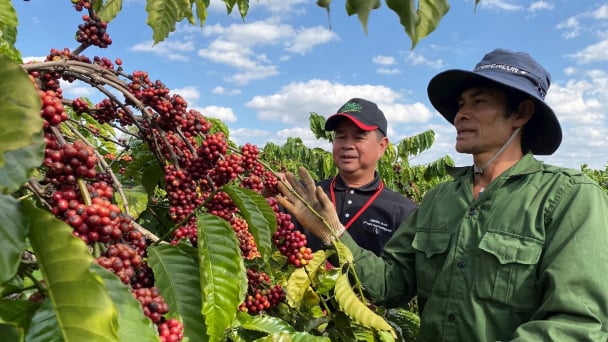
(VAN) Businesses emphasize fairness and equality when integrating social factors into their sustainable development strategies.